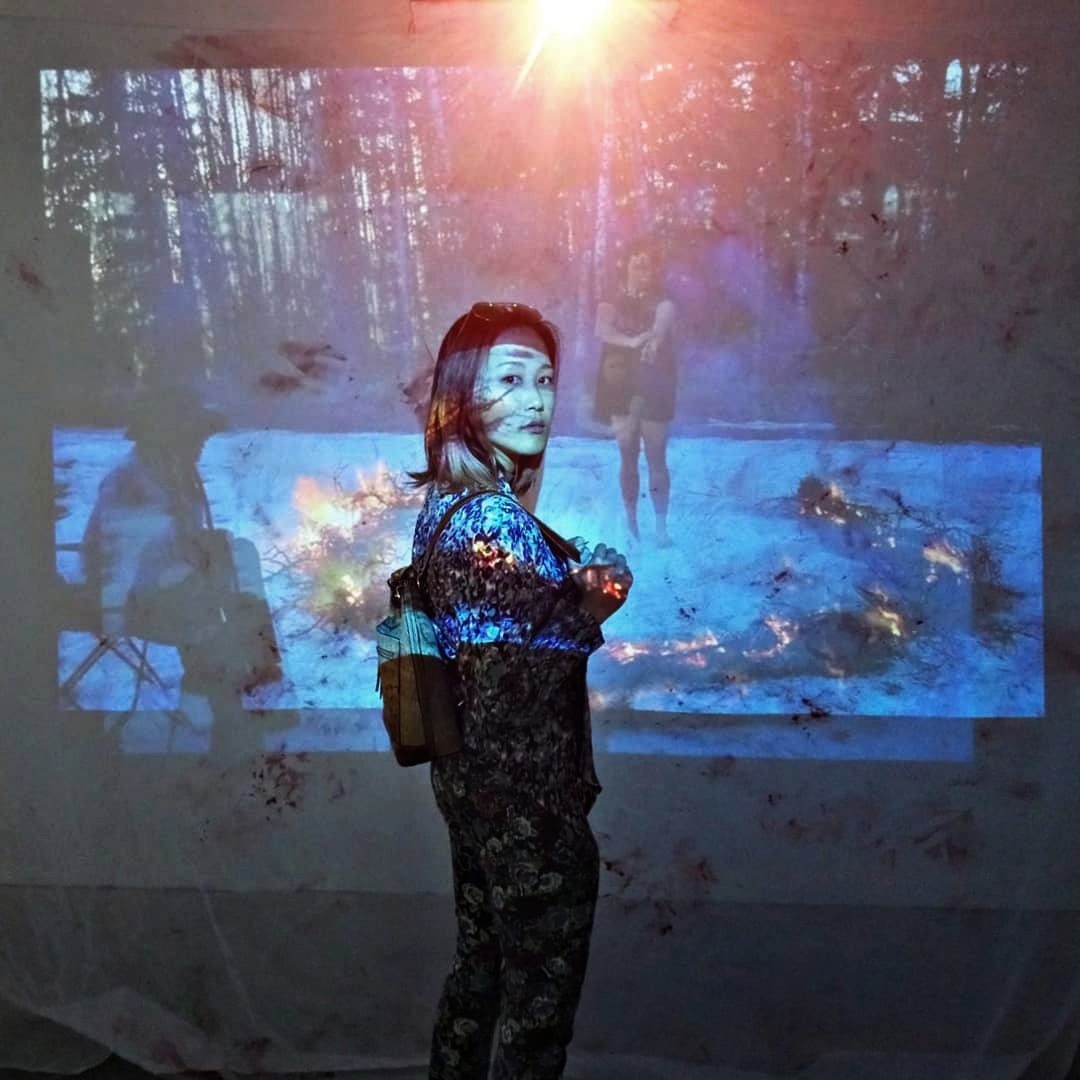(dis)connected | Centre A
(dis)location (dis)connect (dis)appearance
Last week I found myself wandering into the opening reception of Center A’s latest exhibit: (dis)location (dis)connect (dis)appearance.

(dis)location (dis)connect (dis)appearance
Last week I found myself wandering into the opening reception of Center A’s latest exhibit: (dis)location (dis)connect (dis)appearance.
Discover & share this Pluralistic GIF with everyone you know. GIPHY is how you search, share, discover, and create GIFs.
Like in many of her other installations, Rist seeks to address our tendency to forget the physicality of our bodies and the images we carry inside
the exhibition sought to explore the widespread inter-generational loss of language and cultural knowledge.
DaisyCode
Our Time on Earth is Short. Spend Your Energy on What Matters Most! Take the Beautiful Convenience of Fresh, Clean and Hydrated Hands Wherever You Go.